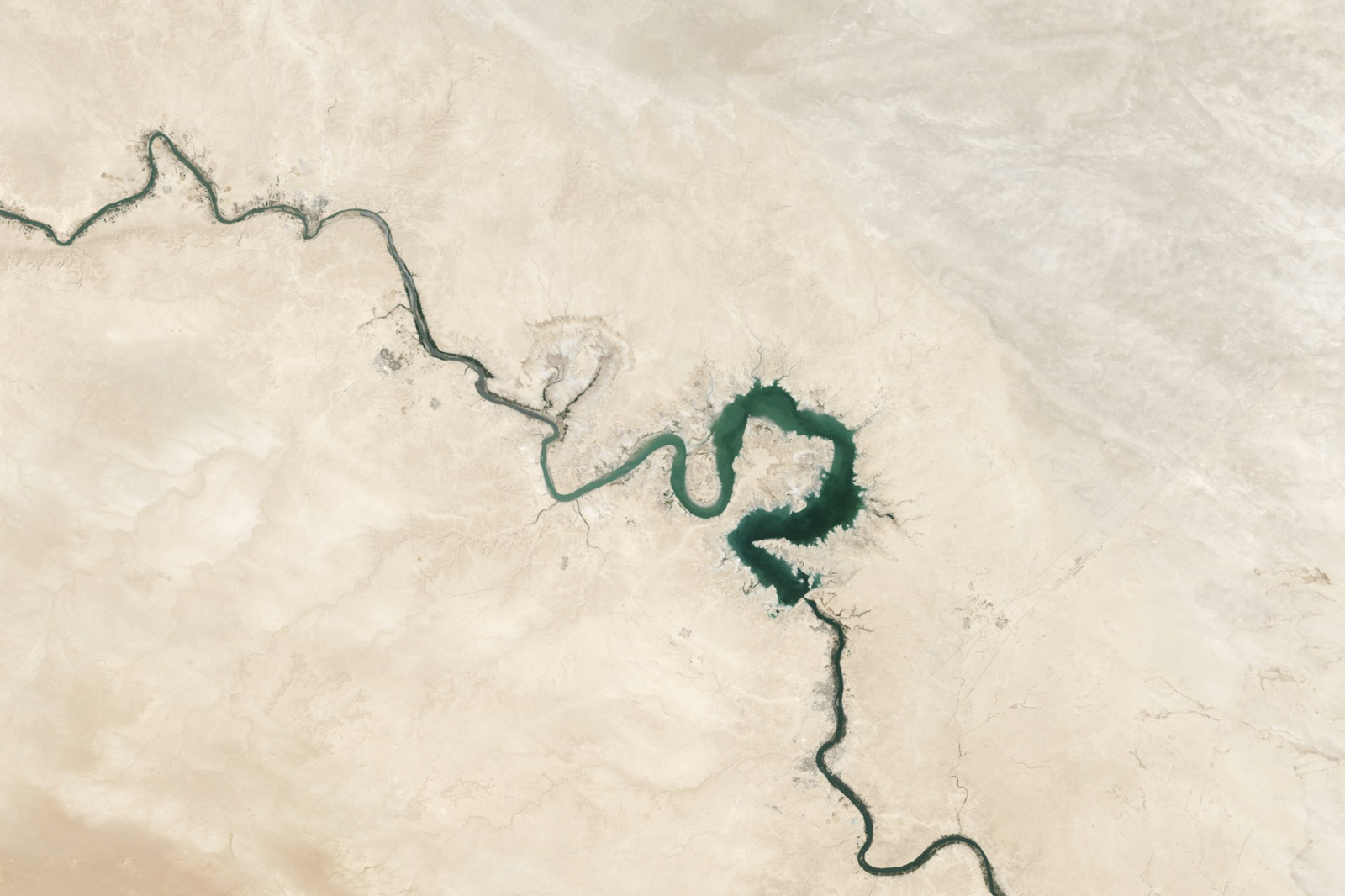While droughts and floods alternate in a devastating and unpredictable manner, a new report by UNECE and UNESCO monitoring SDG 6 of the 2030 Agenda rings alarm bells: international cooperation in transboundary water management is at a critical juncture. Within 153 countries dependent on transboundary rivers, lakes and aquifers, only 28% have effective agreements for their management. The two UN agencies warn that, if action is not taken now, by 2030 less than a third of these nations will be able to address their water challenges with shared strategies.
The new report outlines the status of SDG sub-target 6.5.2, ”proportion of transboundary basin area [within a country] with an operational arrangement for water cooperation”. UNECE, the United Nations Economic Commission for Europe, is responsible for the triennial monitoring of the target, together with UNESCO. The former was a key player in passing the the Convention on the Protection and Use of Transboundary Watercourses and International Lakes (better known as the Water Convention) in 1992. The new report thus adds to the three updates released by UNEP during the Water Week in Stockholm, focused on ecosystems, water quality and integrated water resources management.
SDG 6, global cooperation is still insufficient
The UNESCO-UNECE report on SDG 6.5.2 reveals that international cooperation is significantly stronger for river and lake basins than for groundwater. 41% of countries sharing transboundary rivers and lakes (60 out of 148) have operational agreements, compared to 25% of countries sharing aquifers (37 out of 147).
“The growing momentum for cross-border water cooperation shows we are moving in the right direction, but far greater efforts for joint water management will be needed as countries worldwide face the worsening climate crisis”, said Tatiana Molcean, Executive Secretary of UNECE. “Over 100 transboundary cooperation agreements have been concluded since the entry into force in 1996 of the United Nations Water Convention, serviced by UNECE, and I encourage all governments to join the fast-expanding global community of Parties to this treaty.”
The report also highlights an improvement in transboundary water cooperation, with an increase from 15% of countries involved in 2017 to 28% in 2023. Europe, North America and sub-Saharan Africa show the highest levels of cooperation, with 46% of countries in these regions covered by operational agreements. In sub-Saharan Africa, the number of countries with high levels of cooperation has increased fivefold, from 3 in 2017 to 16 in 2023, thanks in part to projects such as the one on Lake Chad. Here, UNESCO writes in a statement, UN support has “enabled the restoration of degraded ecosystems and the establishment of early warning systems to detect and monitor deteriorating water quality and the onset of droughts.”, benefiting millions of people. Countries such as Chad, Cameroon and Nigeria have joined the UN Water Convention to support joint basin management.
Cooperation as a measure of adaptation to climate change
Finally, the UNECE-UNESCO report recognises the significant progress accomplished by countries in managing surface waters and reducing climate change risks.At the same time, it highlights the need for further efforts and cooperation: although almost two-thirds of transboundary river and lake basins have integrated climate adaptation into the priorities of their joint management bodies, only 14% have developed concrete strategies and only 20% have adopted shared strategies for disaster risk reduction.
Cooperation for flood mitigation is more advanced than for drought mitigation, due to a long tradition of transboundary collaboration. Currently, 50% of the basins with operational agreements have coordinated flood warning systems, compared to 30% for droughts.
This article is also available in Italian / Questo articolo è disponibile anche in italiano
Image: NASA, via Unsplash



